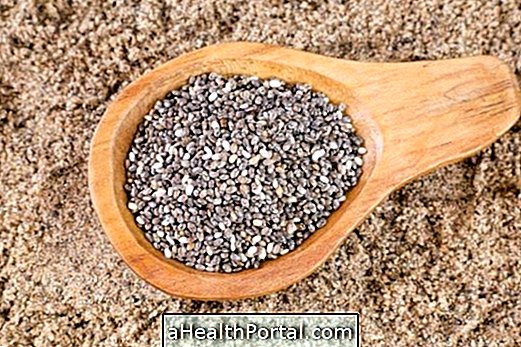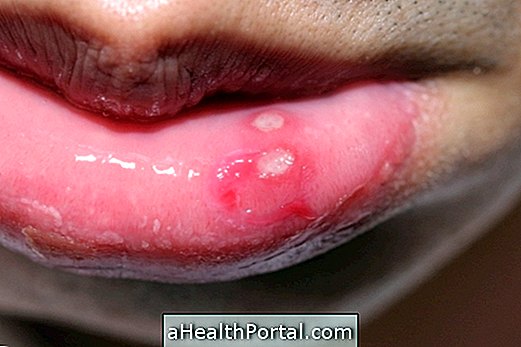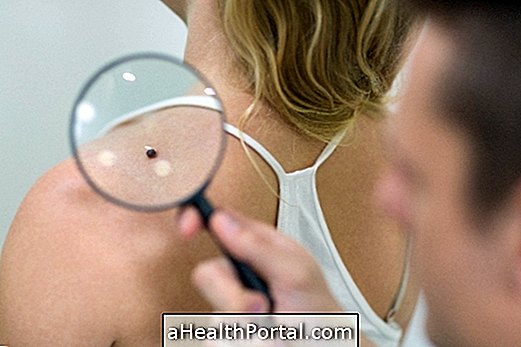Phenylketonuria is a rare genetic disease characterized by the presence of a mutation responsible for altering the function of an enzyme in the body responsible for the conversion of the amino acid phenylalanine to tyrosine, which leads to the accumulation of phenylalanine in the blood and which at high concentrations is toxic to the organism, which can cause intellectual disability and convulsions, for example.
This genetic disease has an autosomal recessive nature, that is, for the child to be born with this mutation it is necessary that the two parents are at least the bearer of the mutation. The diagnosis of phenylketonuria can be made soon after birth by means of the test of the foot, and it is then possible to establish treatment early.
Phenylketonuria has no cure, however, its treatment is by means of food, and it is necessary to avoid the consumption of foods rich in phenylalanine, such as cheeses and meats, for example.

Main symptoms
The newborns with phenylketonuria initially did not present symptoms, but the symptoms appeared a few months later, the main ones being:
- Eczema-like skin wounds;
- Unpleasant odor, characteristic of the accumulation of phenylalanine in the blood;
- Nausea and vomiting;
- Aggressive behavior;
- Hyperactivity;
- Mental retardation, usually severe and irreversible;
- Convulsions;
- Behavioral and social problems.
Usually these symptoms are controlled through an adequate diet and low in phenylalanine source foods. In addition, it is important that the person with phenylketonuria be regularly followed by the pediatrician and nutritionist since breastfeeding so that there are no serious complications and the development of the child is not compromised.
How is the treatment done?
The main objective of the treatment of phenylketonuria is to decrease the amount of phenylalanine in the blood. Therefore, the treatment usually indicated is the adoption of a diet low in foods containing phenylalanine, such as foods of animal origin, for example. Much of the foods that contain phenylalanine are also great sources of iron, so the iron supplementation is usually indicated by your pediatrician or nutritionist. See which foods are rich in phenylalanine.
It is important that the person be accompanied throughout life and on a regular basis to avoid complications, such as central nervous system impairment, for example. Learn how the treatment is done for phenylketonuria.
A woman with phenylketonuria who wishes to become pregnant should be advised by the obstetrician and nutritionist as to the risks of increased phenylalanine concentration in the blood. Therefore, it is important that it is evaluated by the doctor periodically, in addition to following a diet suitable for the disease and probably supplementing some nutrients so that both the mother and the child are healthy. Learn how to control phenylalanine in pregnancy.
Phenylketonuria has a cure?
Phenylketonuria has no cure and therefore treatment is only done with control in the diet. Damage and intellectual impairment that may occur with the consumption of foods rich in phenylalanine is irreversible in people who do not have the enzyme or have the unstable or inefficient enzyme with respect to the conversion of phenylalanine to tyrosine. These damages, however, can easily be avoided by feeding.

How is the diagnosis made?
The diagnosis of phenylketonuria is made soon after birth by means of the test of the foot, which should be performed between the first 48 and 72 hours of the baby's life. This test is able to diagnose not only phenylketonuria in the baby, but also sickle cell anemia and cystic fibrosis, for example. Find out what are the diseases identified by the test of the foot.
Children who have not been diagnosed through the foot test may have the diagnosis done through laboratory tests to assess the amount of phenylalanine in the blood and in the case of very high concentration a genetic test can be performed to identify the disease-related mutation.
By means of molecular examinations it is possible to identify the effect of the mutation and, thus, to determine the severity of the disease. Some mutations are able to reduce or delay the activity of the enzyme, while others make the phenylalanine no longer recognized by the enzyme or render the enzyme very unstable, and the normal performance of its function is difficult.
Identifying the type of mutation and the concentration of phenylalanine in the blood is very important so that the doctor can verify the degree of the disease and possible complications, besides helping the nutritionist in the construction of the food plan, which is always based on the amount of phenylalanine in the blood . When the amount is low, the dietitian can recommend the consumption of foods that contain little amount of phenylalanine in its composition and when the values of this amino acid are above ideal, phenylalanine-free foods.
It is important that the dosage of phenylalanine in the blood is made on a regular basis. In the case of babies, it is important that it be done every week until the baby completes 1 year, whereas for children between 2 and 6 years the examination should be done every two weeks and for children from 7 years, monthly. The early diagnosis of phenylketonuria allows the necessary care with food to be taken from the beginning, avoiding a series of undesirable consequences, such as permanent damage to the brain.
Because phenylalanine is toxic to phenylketonuric
Although it is present in several foods, phenylalanine needs to be converted to tyrosine, which is due to the action of an enzyme, phenylalanine hydroxylase, also called PAH.
In people with phenylketonuria, the enzyme PAH is defectively produced due to genetic changes, which means that there is no conversion of phenylalanine to tyrosine and accumulation of phenylalanine in the blood. This amino acid can also be converted to pyruvic acid, making it quite toxic to the body and can result in neuronal changes.


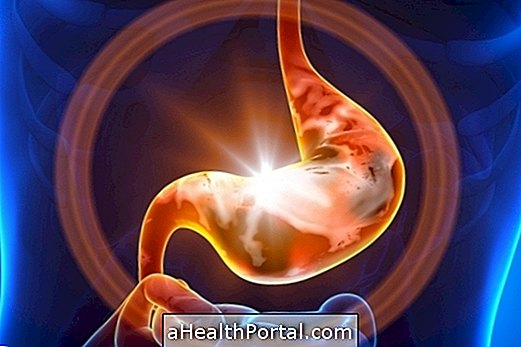

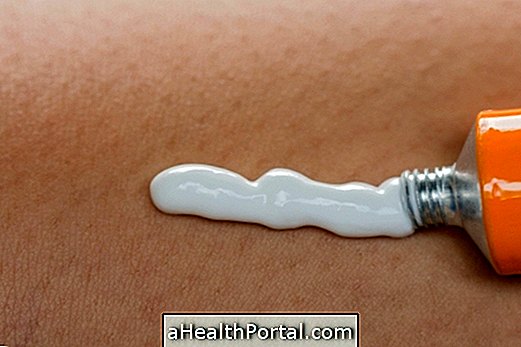




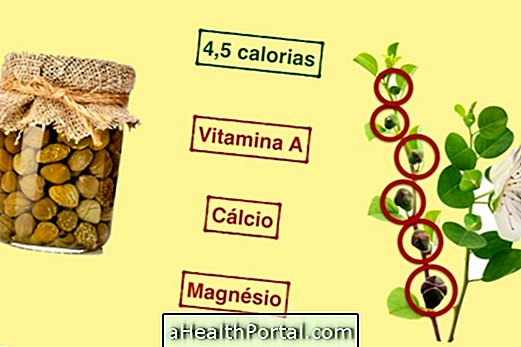
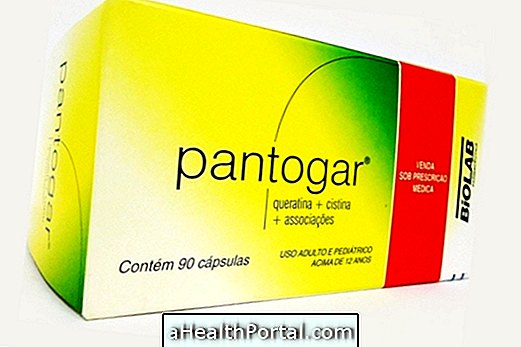

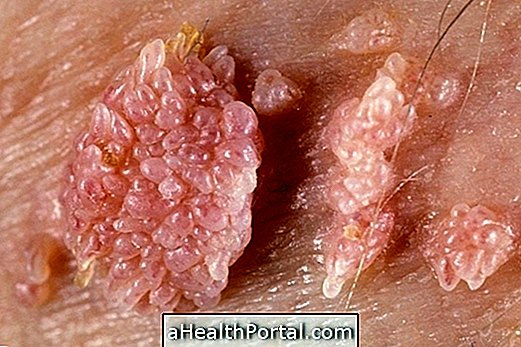

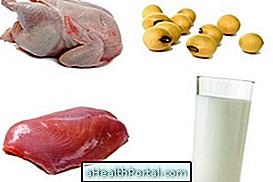

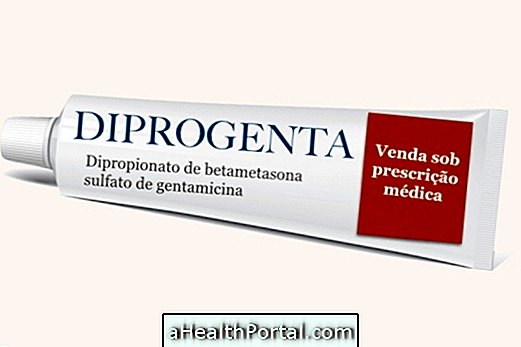
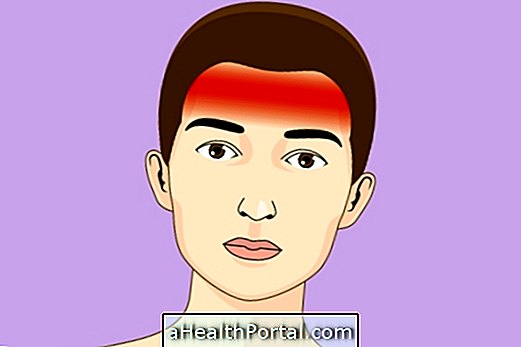
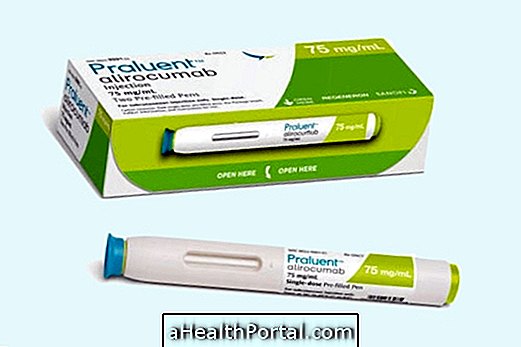
-o-que--quando-fazer-e-como-funciona.jpg)
